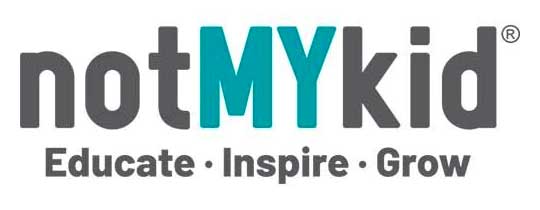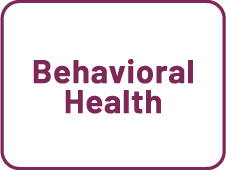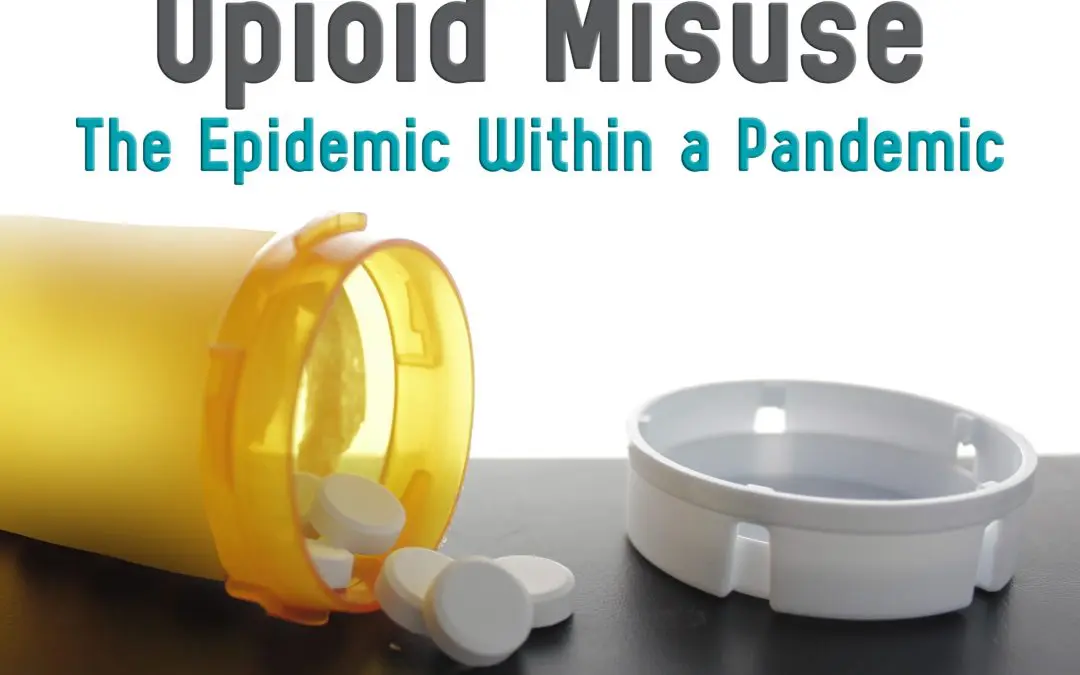We are living in a pandemic. That fact is nearly impossible to escape. It seems that one can not turn on a TV, listen to the radio, use the internet, or read a magazine without being reminded of the ever-present COVID-19 pandemic. But what about the epidemic that’s been around even longer and has so far taken more lives than COVID-19? The U.S. opioid epidemic may have lost its place in news headlines thanks to the Coronavirus, but that in no way means that it’s over, weakened, or any less relevant. In fact, not only has the opioid epidemic not diminished, according to recent reports “opioid overdoses are skyrocketing” in the midst of the pandemic. Among those being lost, hurt, and impacted are our kids.
Let’s look at the big picture first. According to the CDC, nearly half a million people in the U.S. died from opioid overdoses between 1999 and 2018. The CDC also notes that from 2003 onward, more overdose deaths were caused by prescription opioids than by heroin and cocaine combined. When it comes to protecting our kids, we often focus on the dangers of illicit or “street” drugs, but overlook the deadly power of the prescription drugs within our own home medicine cabinet.

From 1999–2018, almost 450,000 people died from an overdose involving any opioid, including prescription and illicit opioids.
Speaking of kids and prescription opioid misuse, there are a couple main concerns when it comes to that topic. Number one is ease of access. For many kids, the reason they began misusing prescription opioids was simply a matter of opportunity. Beginning in the late 1990s, physicians began increasingly prescribing opioid painkillers for a variety of reasons. The Arizona Board of Pharmacy reports that 312,454,439 opioid pills were prescribed in the state in 2018. This means that it’s not uncommon for parents, grandparents, or other family members to have them in their medicine cabinets. Often they’re not locked up or secured in any way, so it’s easy for preteens and teens to get a hold of them.
It’s crucial that we lock up the medications that we need and are actively using. Lockboxes and medication safes are available for purchase at a number of locations, including pharmacies. It’s equally as important that we properly dispose of our unused and unneeded medications. Proper disposal means not throwing out whole bottles of unused pills in the trash where they can easily be retrieved. For those in Arizona, the website DumpTheDrugsAZ.org will provide a map of permanent locations in the state where you can safely and correctly dispose of your unused medications. Other states have similar disposal programs as well. If you’re unable to get to a disposal location and need to get rid of them at home, there is a safer way to do an improvised disposal. Crush up your unused pills thoroughly, and mix them with an undesirable substance such as sand, coffee grounds, or kitty litter before throwing them away.

Contact the DEA Diversion Control Division if you have questions about disposing of your unused medication
The second main concern when it comes to youth and prescription opioid misuse is a low perception of risk. When asked for their thoughts on prescription drug misuse, a number of adolescents mistakenly believe they’re much safer than using illicit drugs. The thinking is that a pharmaceutical company makes them in safe, regulated conditions, a doctor prescribes them, a pharmacy dispenses them, and they see their parents, grandparents, and other respected and productive members of society take them. Therefore, adolescents often view prescription drugs very different way than street drugs. Teens even sometimes consider them “safe” and positive because of the circumstances around them, as opposed to a drug like methamphetamine which is often made and distributed in notoriously unsafe and unhealthy conditions.
Moving from the broader picture to local conditions, data from the 2018 Arizona Youth Survey (AYS) shows that approximately one in every ten Arizona middle or high school students has taken a prescription opioid without a prescription. The fact that they didn’t have a prescription and still acquired these potentially deadly drugs raises an important question: where are they getting them from? Often adults will picture a drug dealer when asked where kids are getting drugs. However, when it comes to opioid misuse, that typically isn’t the case. According to the 2018 AYS, nearly 84% of middle school and high school students obtained their prescription drugs from family or friends, at home, or at school.
However, when a preteen or teen gets a prescription pill from anywhere other than a pharmacy, such as getting it from a friend or on campus, they have no guarantee that it’s actually what they think it is. Arizona has been hit particularly hard by deaths from counterfeit prescription pills containing the drug fentanyl. Fentanyl is a synthetic opioid drug that is 50-100 times stronger than morphine. The lethal dose of fentanyl for an average-sized adult male is three milligrams. Compare that to a lethal dose of 30 milligrams for a drug as deadly as heroin. Fentanyl has similar effects to prescription opioids and produces a similar “high” and euphoria, it’s less expensive than opioids such as oxycodone or hydrocodone, and it’s relatively easy to purchase in bulk, often from China. Therefore cartels and other criminal drug distributors produce large quantities of fentanyl pills created in pill presses in order to make them look identical to popular drugs such as Oxycontin, Percocet, Vicodin, and even Xanax. Many of those counterfeit pills have ended up in Arizona.

NBC News headline on the impact of fentanyl in Arizona
Unfortunately, these counterfeit pills are ending up in the hands of Arizona’s youth. In February 2019, a 17-year-old student from Notre Dame Prep in Scottsdale overdosed on a fentanyl-laced counterfeit pill that he purchased from another student. He required doses of Narcan (naloxone), an opioid overdose reversal drug, in order to revive him. In June of that same year, three students at a high school in San Luis, Arizona were arrested for having thousands of fentanyl pills on campus. The pills seized from the San Luis students were very convincing counterfeits designed to look like popular 30 milligram oxycodone pills, right down to being the correct color, shape, and having the brand imprint. These are just two of the stories in recent years involving Arizona teens getting involved with counterfeit opioid pills.
The trio of availability, low perception of risk, and lethality is a deadly combination for Arizona’s youth. In order to counteract this concerning situation, notMYkid is intensifying our already heavy focus on opioid misuse prevention. One of the reasons we’re able to increase our efforts is due to funding from the Arizona Governor’s Office of Youth Faith and Family (GOYFF) as part of the State Opioid Response grant.

Thanks to the Governor’s Office of Youth Faith and Family, notMYkid is able to increase our efforts to prevent prescription opioid misuse
notMYkid’s Opioid Awareness and Community Collaboration initiative seeks to equip youth and adults, law enforcement, prescribers, and pharmacists in Scottsdale and Mesa with training, resources, and information designed to reduce misuse of prescription opioids. Due to having some of the highest opioid fatality rates in the state, West Mesa and South Scottsdale are the primary focus of the initiative. This effort includes a variety of presentations and trainings.
Click the link below for a free Rx360 presentation for adults. We get into detail on prescription drugs, the dangers involved with their misuse, and most importantly, what we can do about it. This is important information that every parent, grandparent, caregiver, guardian, and educator should know. What you learn during this webinar has the true potential to save lives.
Click here for notMYkid’s free Rx360 presentation for adults. You’ll be asked to enter some basic information and then will be able to watch the webinar on demand.
As a society, we’ve made massive efforts to address the COVID-19 pandemic. While we continue that battle, let us not lose sight of the importance of also responding to the opioid epidemic. It may no longer have the spotlight, but it remains lurking in the shadows. And it requires a collective effort to keep our kids and families safe.
This publication was made possible by grant number H79TI081709 from SAMHSA. The views, opinions and content of this publication are those of the author and do not necessarily reflect the views, opinions or policies of SAMHSA or HHS.
Related Resources:
Win This Year Podcast – “Prescription Drug Misuse, Addiction, and Recovery” (Bobby Cording)





We need to inform employers, dr offices and parents that fentanyl does NoT show up in a routine UDS.
You need to request a separate fentanyl screen.
Employers don’t know this- so when they hire and have UDS run on a potential employee, they pass of only using fentanyl.
Let’s get the word out to the news stations to help communicate it.
Labs that are being used to run the drug screens should be informing their clients, but they don’t appear to be doing that.